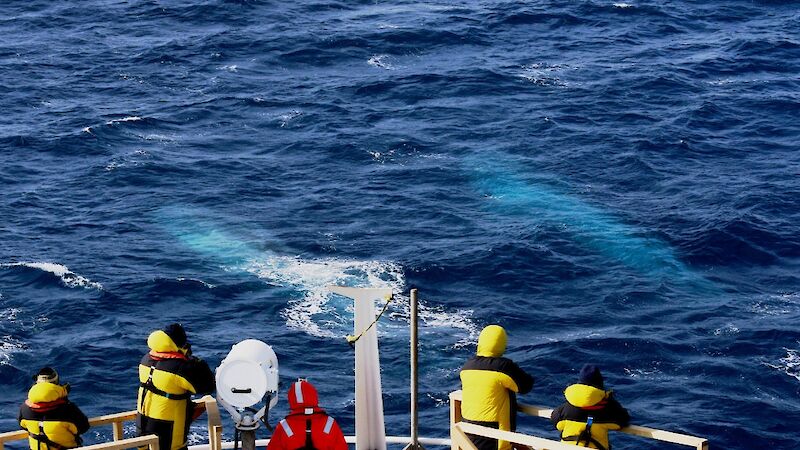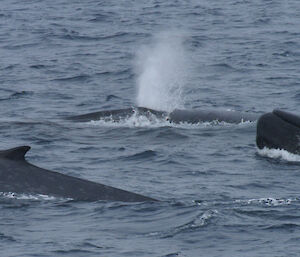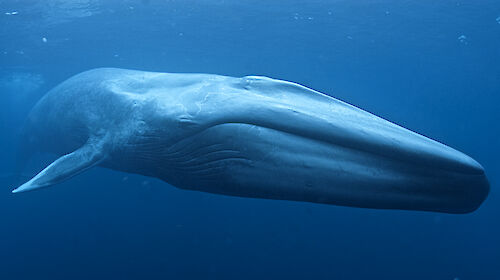The Australian and New Zealand researchers are on a six-week voyage looking at top predators in the region, including blue and humpback whales, and Antarctic toothfish.
Australian Antarctic Division science leader, Dr Mike Double, said the acoustics and sightings teams on the ship worked together to find the blue whale hotspot using sonobuoys.
“We were able to track and locate the blue whale group of about 12–15 individuals using the acoustic technology, then we followed the huge group visually for quite some time,” Dr Double said.
“The whales were blowing, rolling, porpoising and spy-hopping, it was incredible to see these enormous creatures throwing themselves around and producing masses of white water.”
The researchers were able to capture photo identifications of the whales while they frolicked on the surface.
The scientists are due to return to New Zealand in mid-March.
The voyage is supported by the New Zealand National Institute of Water and Atmospheric Research (NIWA), Antarctica New Zealand and the Australian Antarctic Division.



